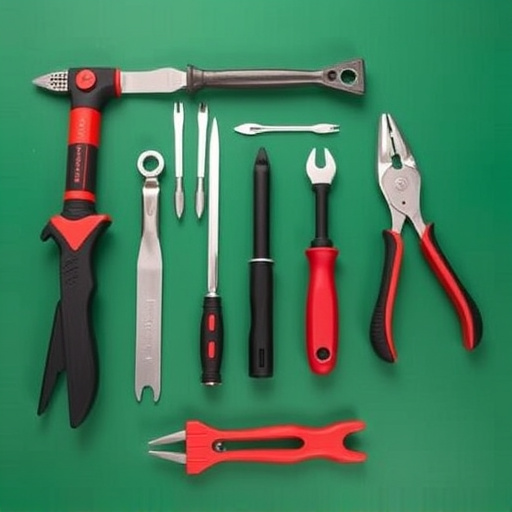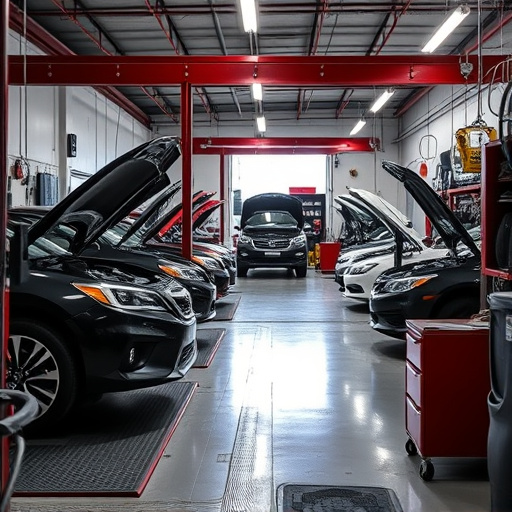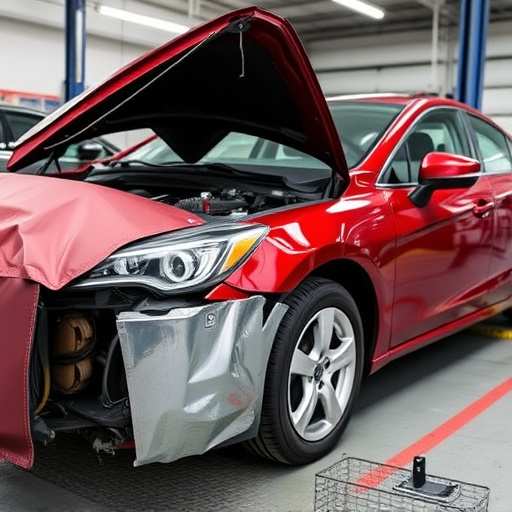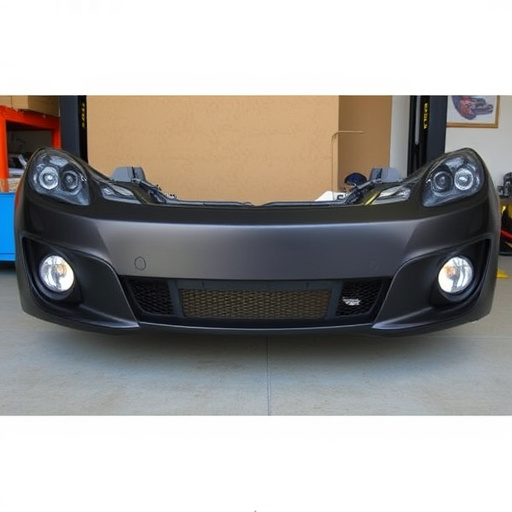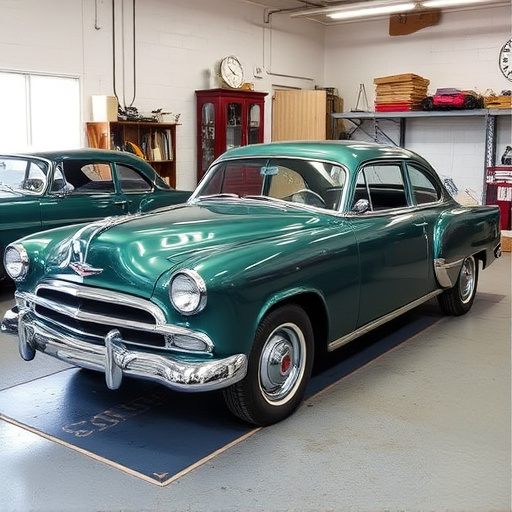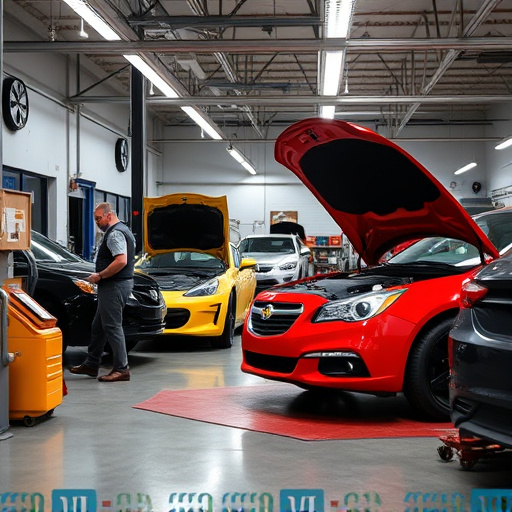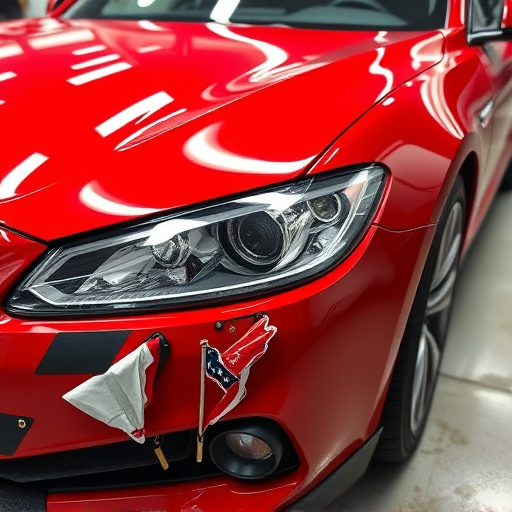Modern vehicles' heat shield degradation due to environmental factors negatively impacts performance and fuel efficiency. Regular inspection and immediate replacement through professional body work are crucial for optimal vehicle function, safety, and aligning with eco-conscious trends. Heat shield replacements protect undercarries, reduce component degradation, improve economy, enhance performance, prevent costly repairs, and ensure long-term savings.
Heat shield replacement is a crucial service for vehicle owners, impacting overall efficiency and performance. This article delves into the significance of these components, often overlooked yet vital for engine health. We explore how heat shields, responsible for deflecting radiant heat away from critical parts, can degrade over time due to wear and tear. Understanding their role in maintaining optimal temperatures is key, leading us to discuss the replacement process and its remarkable benefits for fuel efficiency and engine longevity.
- Understanding Heat Shields: Their Role and Degradation
- The Process of Heat Shield Replacement
- Enhanced Efficiency: Benefits Post-Replacement
Understanding Heat Shields: Their Role and Degradation
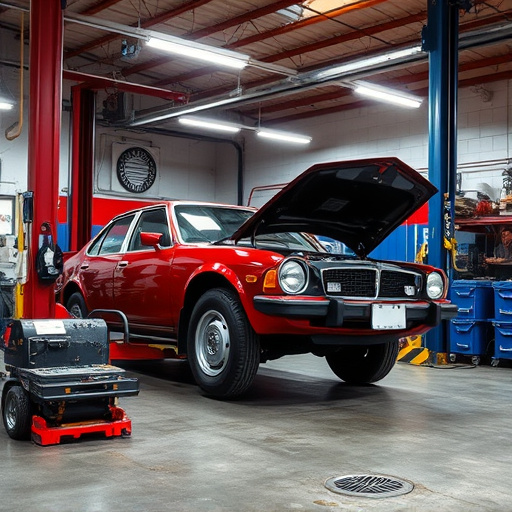
Heat shields, an integral part of modern vehicles, play a crucial role in protecting critical components from intense heat generated by engines and exhaust systems. These protective barriers are designed to withstand high temperatures, ensuring the safety and efficiency of automotive operations. Over time, however, heat shields degrade due to exposure to harsh environmental conditions, including extreme heat, cold, and UV radiation. This deterioration can lead to reduced performance and increased fuel consumption as components are no longer adequately shielded.
Regular inspection is key to identifying when a heat shield replacement becomes necessary. Signs of damage, such as cracks, warping, or discoloration, indicate that the shield may no longer be effective. Promptly addressing these issues through professional automotive body work can prevent more serious problems down the line. Vehicle paint repair and dent removal experts can replace damaged shields, ensuring optimal vehicle performance and maintaining fuel efficiency, which is especially important in today’s eco-conscious market.
The Process of Heat Shield Replacement
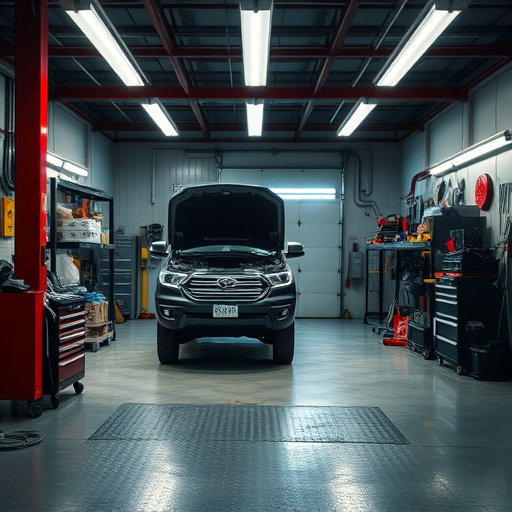
The process of heat shield replacement involves several meticulous steps to ensure optimal vehicle performance and safety. It begins with careful inspection to identify any damaged or worn-out components, which are then carefully removed. The old heat shield is replaced with a new one, selected based on specific vehicle requirements, ensuring compatibility and durability. Once the new shield is in place, it undergoes rigorous testing to verify its effectiveness in protecting vital engine parts from heat transfer.
In the context of Mercedes Benz repair, or generally any vehicle body repair, heat shield replacement is crucial for maintaining efficient cooling systems. Even a small scratch repair can lead to significant performance issues over time, as heat shields play a critical role in preventing excessive heat buildup. Therefore, timely replacement not only enhances overall vehicle efficiency but also prolongs the lifespan of various components within the engine bay.
Enhanced Efficiency: Benefits Post-Replacement
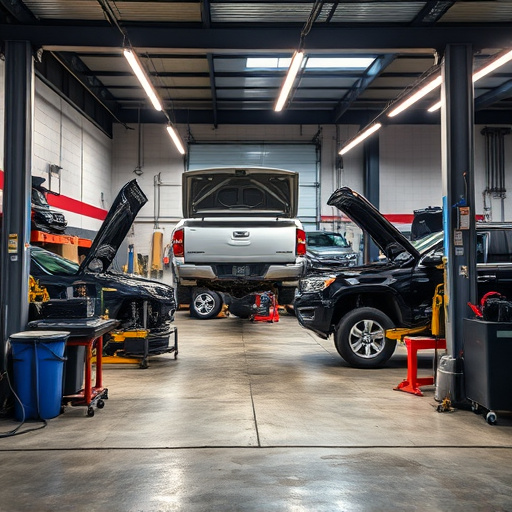
After a heat shield replacement, vehicle owners can expect to see several notable improvements in overall efficiency. This simple yet crucial component plays a significant role in maintaining optimal engine performance and fuel economy. By shielding the undercarriage from direct exposure to intense heat generated by the exhaust system, a properly functioning heat shield reduces the amount of heat transferred to the surrounding components. This minimizes the risk of premature degradation in parts like hoses, wiring, and even the vehicle’s body itself.
Post-replacement, drivers often notice improved gas mileage, smoother engine operation, and reduced wear on various internal components, all contributing to a more efficient overall driving experience. Additionally, a well-maintained heat shield can play a role in preventing costly collision repair or fender repair issues that may arise from heat-related damage. By prioritizing regular heat shield replacement as part of routine maintenance, vehicle owners can ensure their cars operate at peak efficiency while potentially saving money and time in the long run.
Heat shield replacement is a strategic move for vehicle owners aiming to boost efficiency. By addressing the degradation of these crucial components, drivers can expect improved performance and fuel economy. This simple yet effective service allows vehicles to navigate hotter conditions with ease, ensuring optimal engine functionality and extending the lifespan of various parts. Embracing heat shield replacement is a proactive step towards maintaining a vehicle’s overall health and sustainability on the road.



